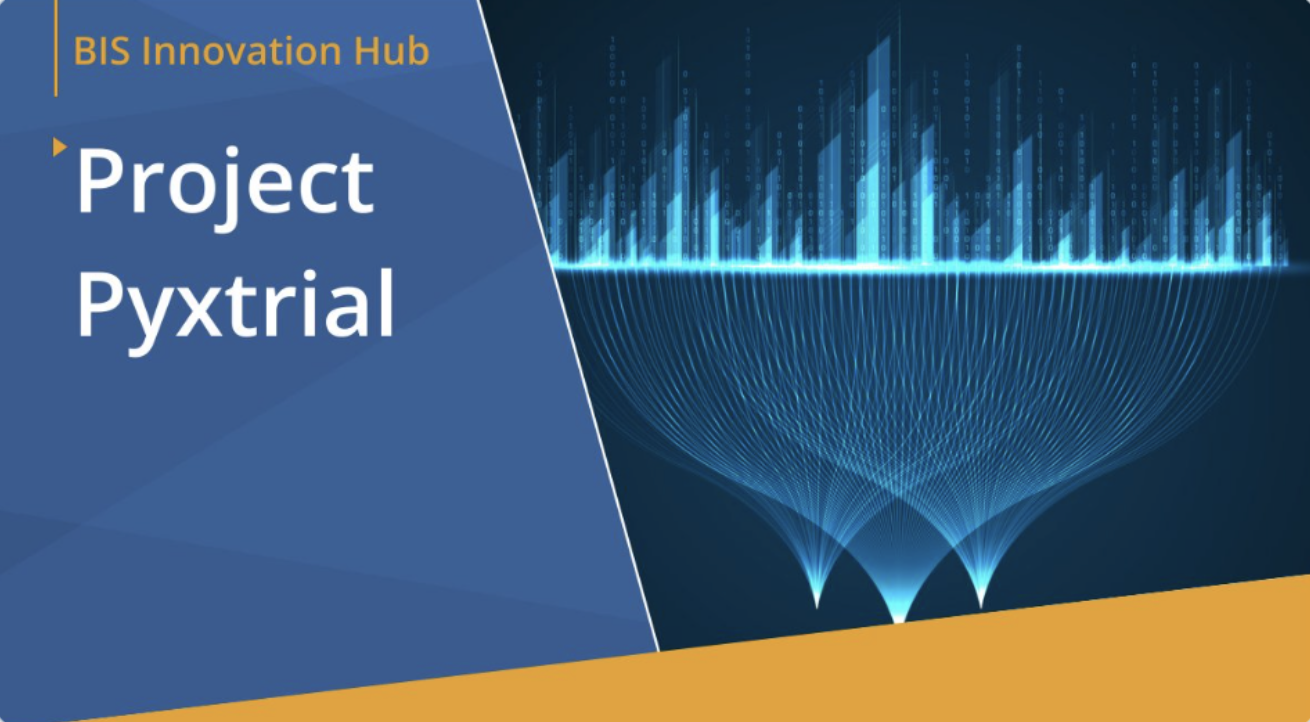
BIS and Bank of England Unveil Project Pyxtrial to Monitor Stablecoin Balance Sheets
The Bank for International Settlements (BIS) and the Bank of England (BoE) have successfully demonstrated that the balance sheets of asset-referenced stablecoins can be effectively supervised through their joint initiative, Project Pyxtrial. The project, which developed a prototype data analytics pipeline, marks a significant step towards enhancing regulatory oversight in the rapidly growing stablecoin sector.
Project Pyxtrial aims to provide supervisors with near real-time data about stablecoins’ liabilities and their backing assets. This technology could potentially help nations respond more efficiently to risks associated with stablecoins, addressing concerns over potential “runs” that have been highlighted by central banks in recent years.
The prototype consists of three main components: a data model, a database, and APIs. It is designed to collect and process both on-chain and off-chain data, enabling comprehensive monitoring of digital asset balance sheets. The system’s modular architecture allows for customization and integration into existing regulatory frameworks.
However, the BIS and BoE emphasize that Pyxtrial is still a proof-of-concept and not yet ready for immediate deployment. The project does not assess asset quality or the rigor of asset valuations, and its successful implementation would require regulators to possess the necessary in-house skills and multidisciplinary teams.
Despite these challenges, Project Pyxtrial demonstrates significant potential. It could facilitate earlier identification of risks by providing supervisors with timely, standardized data on stablecoins. Additionally, the technology may prove valuable for cross-border supervisory cooperation and could be adapted to monitor other tokenized products backed by real-world assets.
As of June 2024, the stablecoin market has reached a capitalization of approximately $164 billion, underscoring the growing importance of effective regulatory tools in this space. While Project Pyxtrial represents a promising start, both the BIS and BoE acknowledge that further testing and refinement will be necessary before any widespread implementation.
The development of Pyxtrial comes at a time when many jurisdictions are still finalizing their stablecoin regulations. As such, the project has been designed with flexibility in mind, allowing for adaptation as regulatory frameworks evolve.





